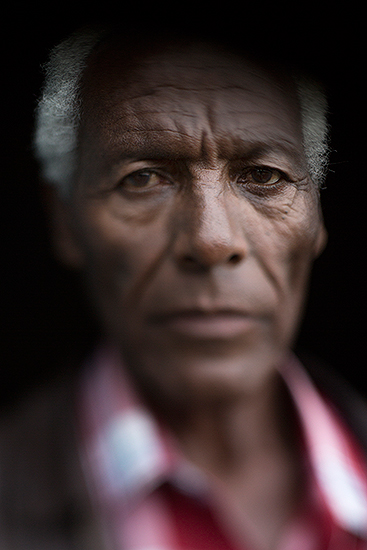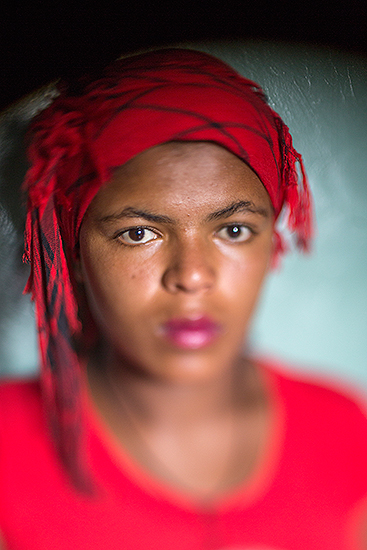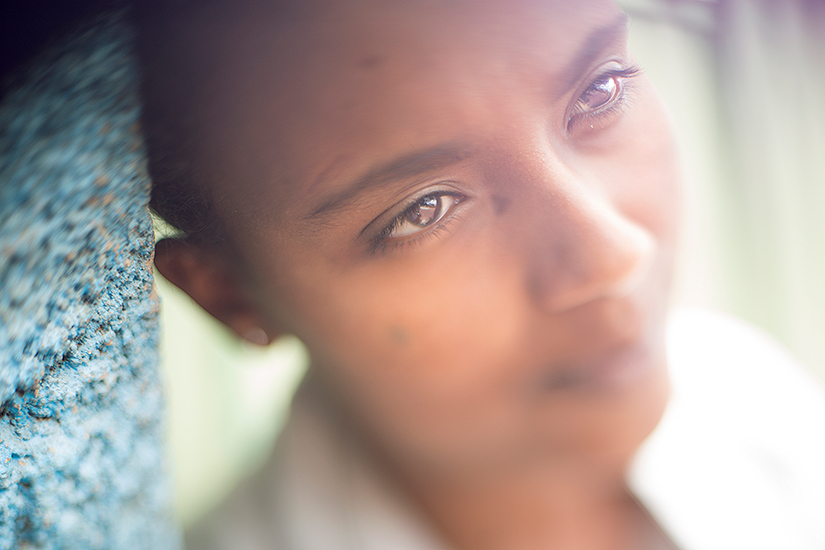Exploring Camera Techniques in Ethiopia
I have been travelling around the world with the charity EveryChild for the past eight years. Africa has always been one of my favourite destinations, but I’d never been to Ethiopia. EveryChild has been working with their partner there for over 15 years and had successfully implemented projects enabling their partner to continue unaided, so this would be the last field visit with a photographer.
Portraiture is probably the main stay of my commissioned work and I’m always looking for new camera and lighting techniques. I have been using my old Nikon 50mm f1.4 prime lens on my Canon 5D Mark 3 for a couple of years now and when I shoot video, I occasionally use a technique where I detach the lens from the body of the camera. This allows light to ‘bleed’ onto the sensor around the image projected by the angle of the lens, offering a different point of focus and depth of field. I had never tried it on a still image before, so I thought I’d explore the possibilities.



The results reminded me of the en vogue tilt shift technique without the miniature world effect. It gives a different perspective to the normal rigid focus of any shallow depth of field, it felt liberating and added excitement to the shooting process. The disadvantages were when working at such a shallow depth of field with a living breathing human subject there will naturally be slight movement from the subject and from shooting free hand without a tripod. Because of the movement, the point of focus shifts sporadically, requiring numerous frames to be taken and a large data compact flash card to record them, especially when shooting raw. A tripod is one answer but this puts the onus on the subject staying perfectly still to stay on the focal plane. Ultimately, I was pleased with the results and it’s definitely a skill that adds a different dimension to the shooting repertoire, one I shall be using more in the future.
